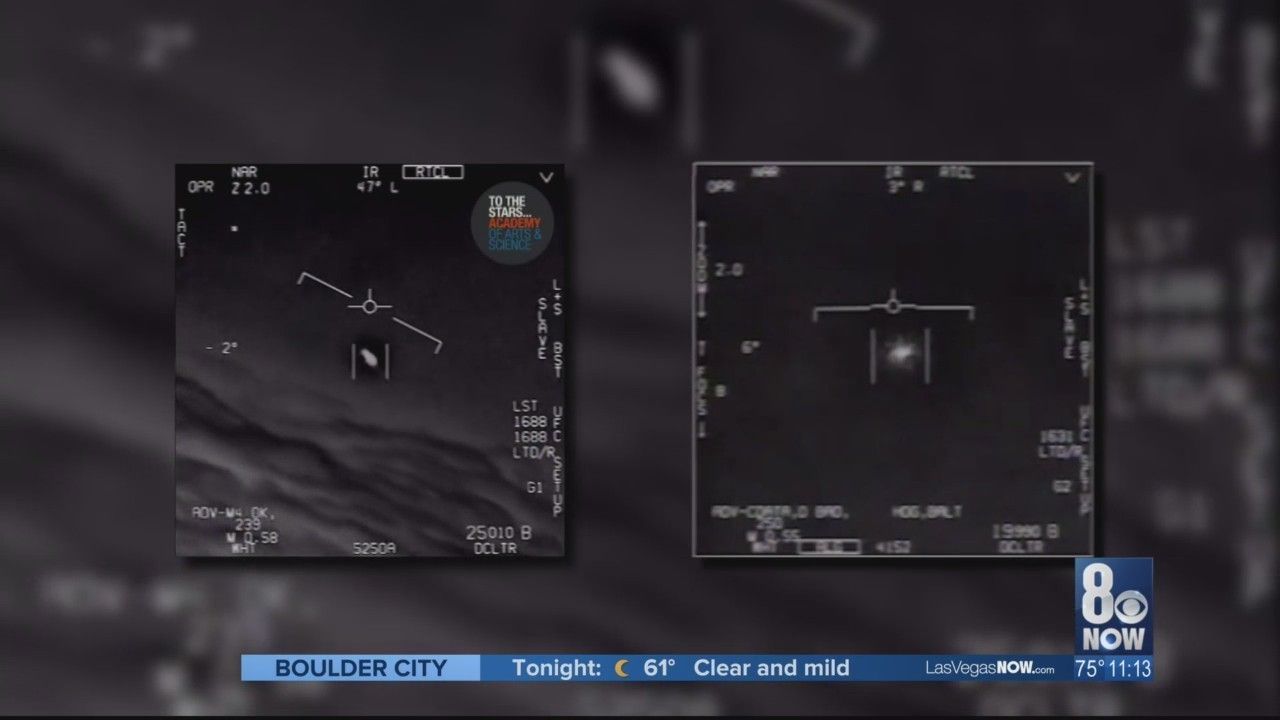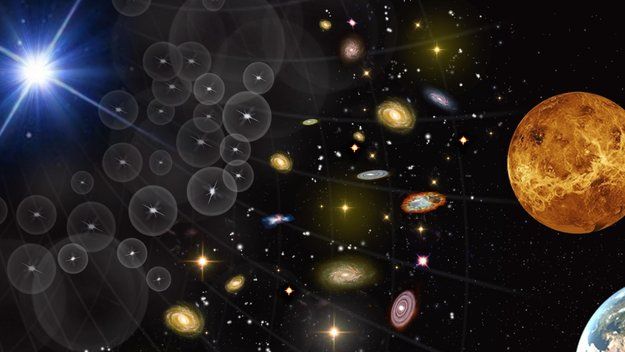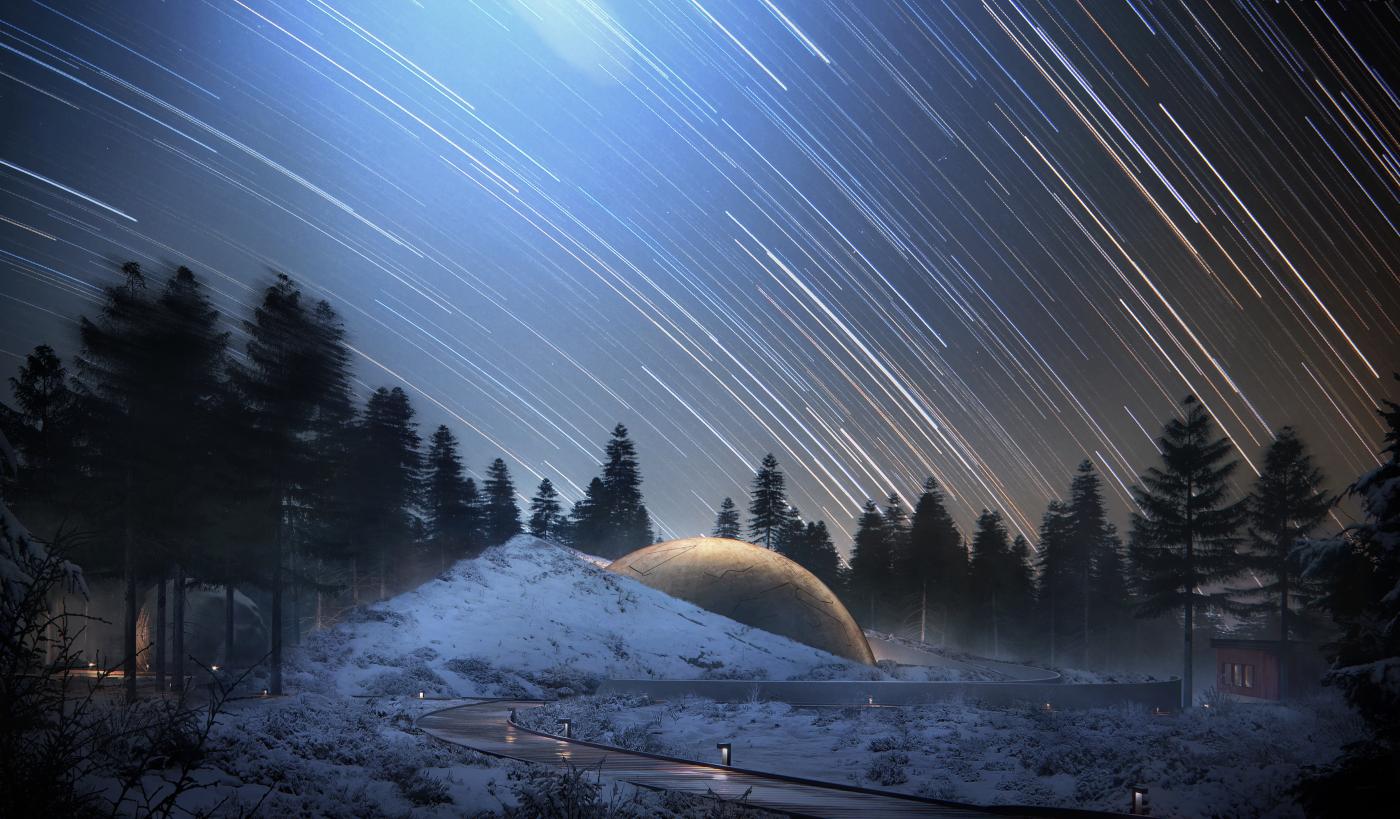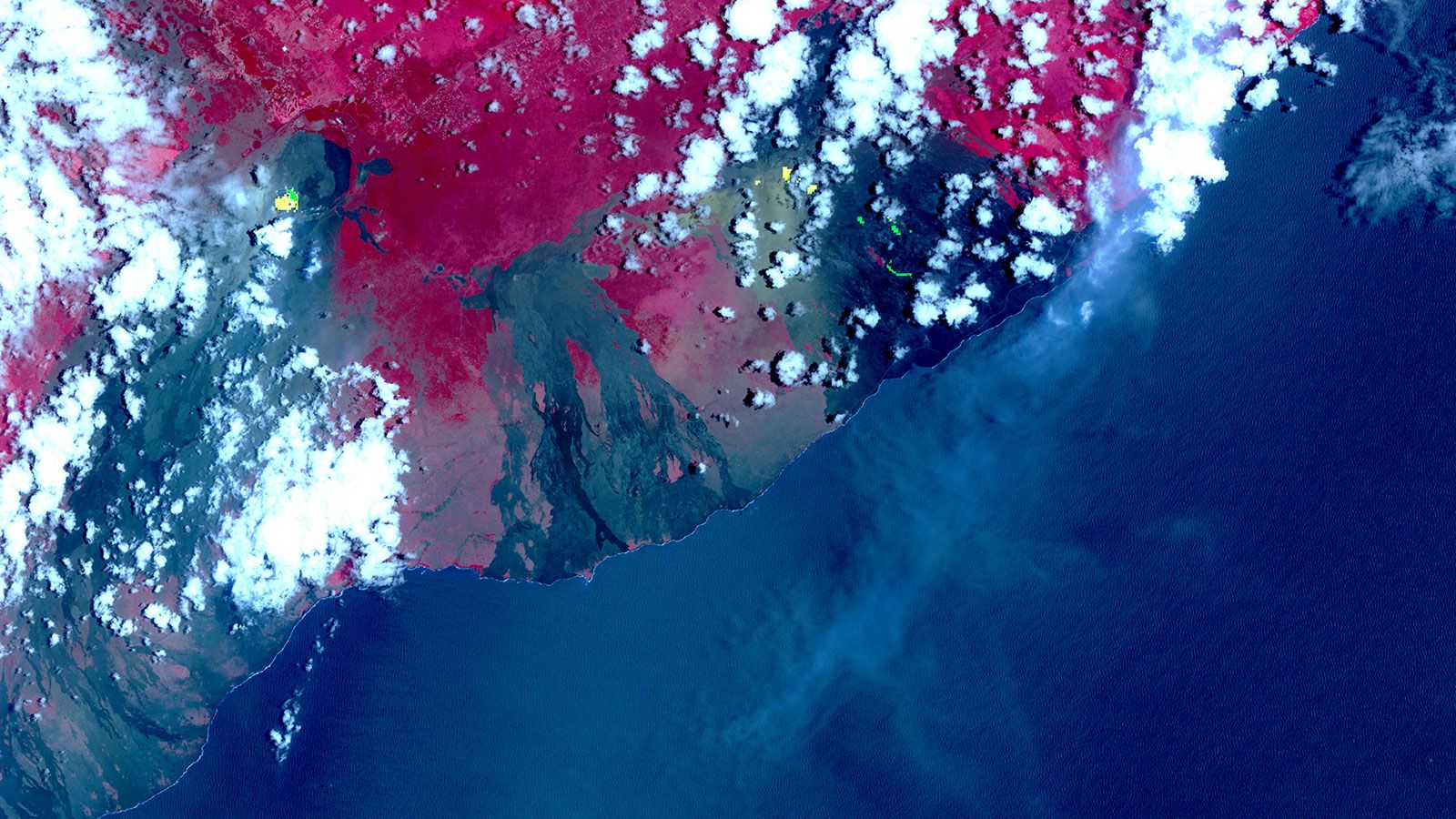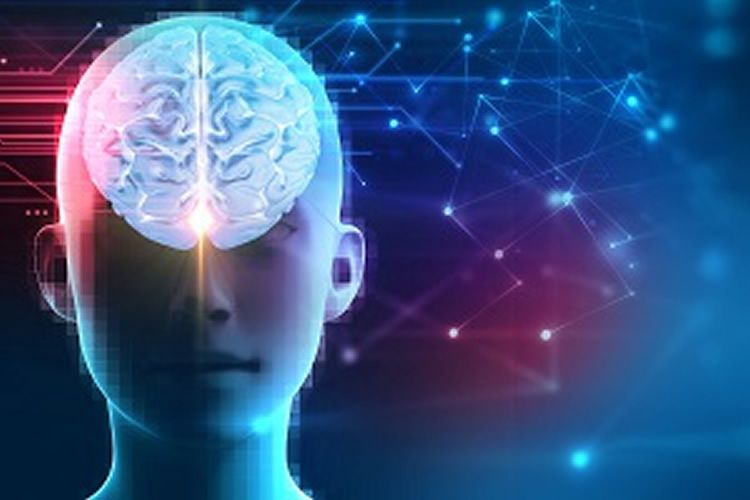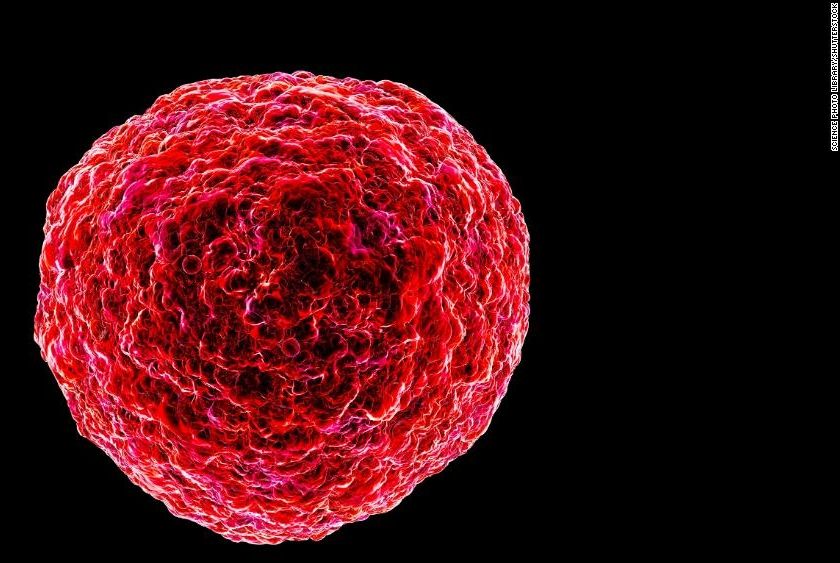Space entrepreneur Robert Bigelow’s interest in exotic subjects was as obvious as his company logo. He’d spent years — and millions of dollars — on his own scientific study of UFOs and related topics. For the DIA contract, he created BAASS, a seperate entity housed within his aerospace plant. He hired a team of 46 scientists and investigators, along with dozens of other support personnel.
LAS VEGAS — UFO investigators are hoping to obtain a treasure trove of Pentagon documents that were generated by a once-secret military study of flying saucers and other weird aircraft.
The government confirms there was a UFO program. It supposedly ended in 2012, but the Pentagon has not yet released any reports or files.
